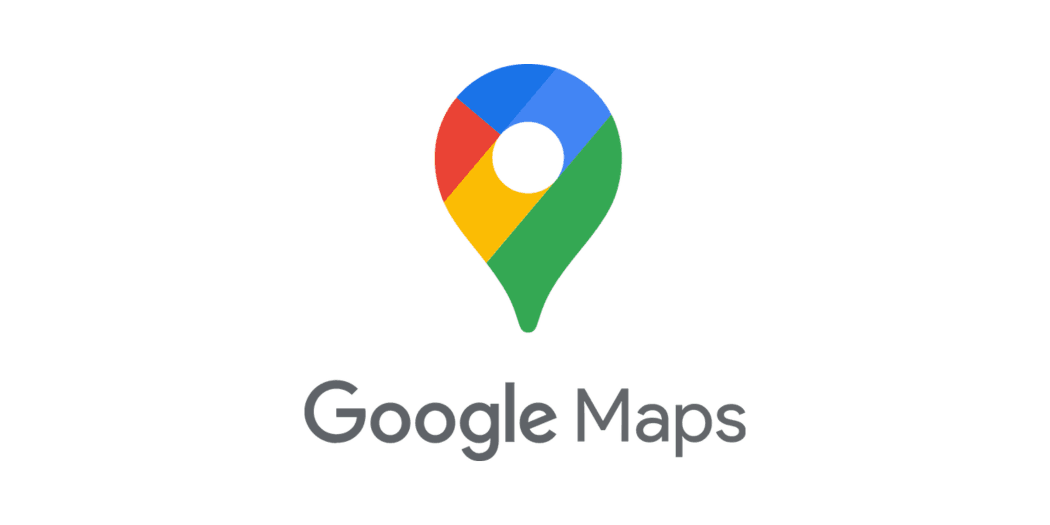Google has recently taken a groundbreaking step in the world of digital maps and navigation. By introducing advanced AI features and neural radiance fields in Google Maps, the company is radically transforming how we explore cities. These innovations, which leverage both artificial intelligence and neural radiance fields, set a new standard for navigation apps.
This progress is particularly evident in the reinvention of Google's Street View. With advanced AI techniques, the traditional flat images of streets have now been transformed into vibrant, immersive visual experiences. By merging billions of street and aerial photos, Google Maps has created a much more realistic digital model of urban environments and buildings. This results in an augmented reality experience for users in metropolitan areas such as San Francisco, Los Angeles, New York, London, and San Jose.
User-friendliness and new features in Google Maps
Google is focused on simplifying the lives of its users. New features like Live View are now available in transit and train stations in cities such as Las Vegas, San Francisco, and Los Angeles. These help users navigate more easily. Google is also considering electric vehicle drivers. The app displays enhanced lane details and estimates energy consumption for EV routes. Additionally, it assists EV drivers in finding the nearest charging stations.
The future of Google Maps according to Chris Phillips
Chris Phillips, general manager of Google Maps, emphasizes the crucial role of AI in these changes. The combination of generative AI and extensive data enables Google to provide a richer experience. New features include 'search with live view' and 'lens in maps.' These are integrated into the Google search bar. Users can now use their phone camera for a more interactive search experience.
The impact of AI-driven features on navigation
Google sets the standard in the digital world with these AI-driven features in Google Maps. The app now offers more realistic buildings with neural radiation fields. It provides EV drivers with relevant charging station details. The navigation app is becoming more intuitive and user-focused. Whether you're planning a coffee shop in New York, Paris, or San Francisco, or looking for a clear route overview in London or Los Angeles, Google Maps promises to redefine the way we view and navigate our world.

